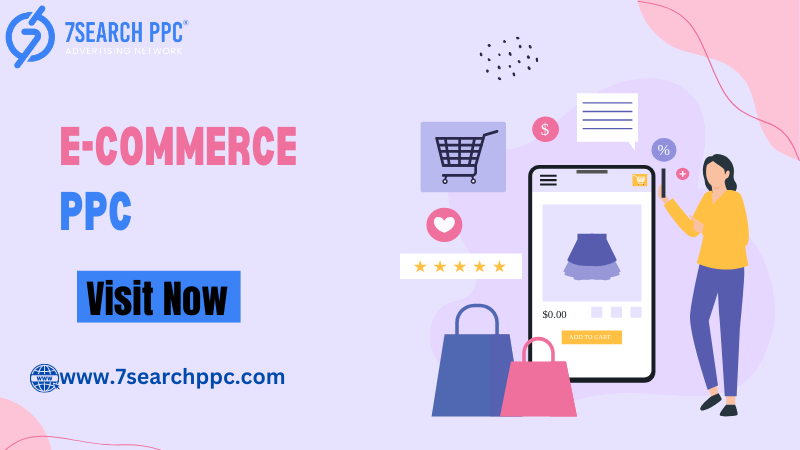What pricing model do most e-commerce PPC services offer?
-
Most e-commerce PPC services typically offer several pricing models, each catering to different business needs and advertising strategies. Here are the most common pricing models:

1. Cost-per-click (CPC)
- Overview: Advertisers pay a set amount each time a user clicks on their ad.
- Common Usage: This is the most popular model for e-commerce PPC campaigns, particularly on platforms like Google Ads and Bing Ads.
- Benefits: You only pay for actual traffic to your website, making it easier to manage costs.
2. Cost-Per-Impression (CPM)
- Overview: Advertisers pay for every 1,000 impressions of their ad, regardless of whether users click on it.
- Common Usage: Often used in display advertising or brand awareness campaigns.
- Benefits: Good for increasing brand visibility, although it may not directly translate to immediate sales.
3. Cost-Per-Acquisition (CPA)
- Overview: Advertisers pay a fee each time a user makes a purchase or completes a desired action, such as signing up for a newsletter.
- Common Usage: Suitable for businesses focusing on conversions and ROI rather than just clicks.
- Benefits: This model aligns costs directly with successful transactions, ensuring better budget management.
4. Target Return on Ad Spend (ROAS)
- Overview: Advertisers set a target return on investment from their ad spend, and platforms optimize bids to achieve that target.
- Common Usage: Often used by e-commerce businesses looking to maximize profitability.
- Benefits: This model focuses on generating revenue relative to the advertising spend, allowing for better financial forecasting.
5. Flat-Rate Pricing
- Overview: Some services charge a flat fee for managing PPC campaigns, which may include services like strategy development, ad creation, and ongoing management.
- Common Usage: Typically used by agencies offering comprehensive management services.
- Benefits: This model provides predictable costs, making budgeting easier for e-commerce businesses.
